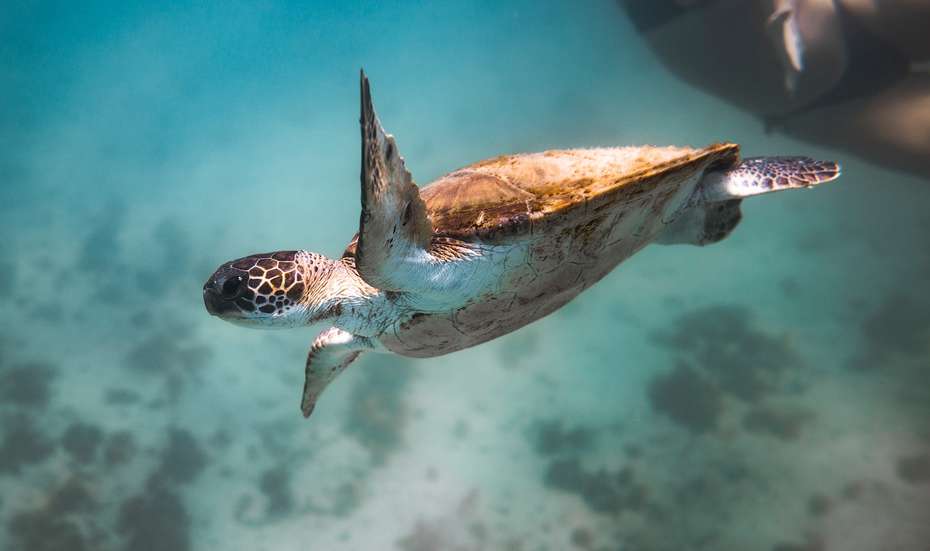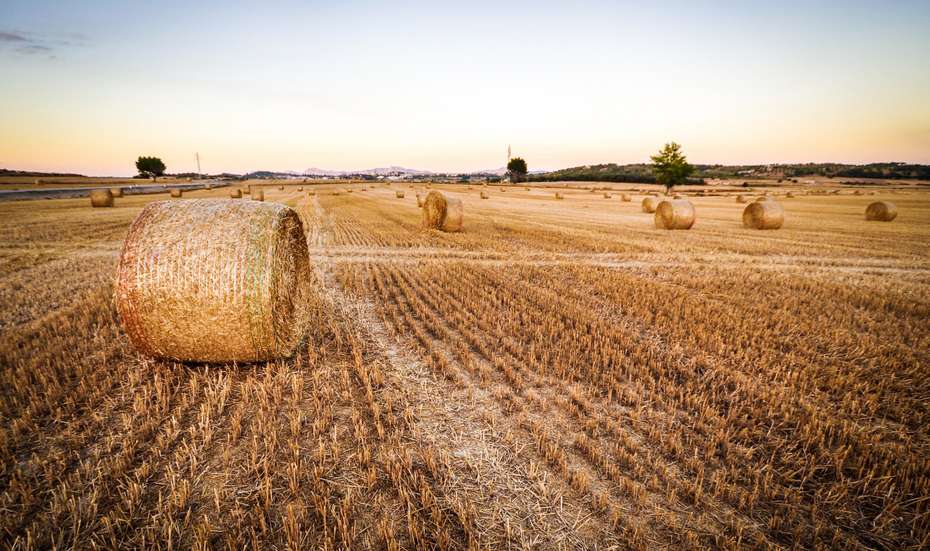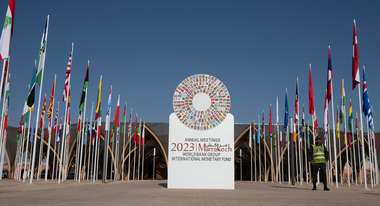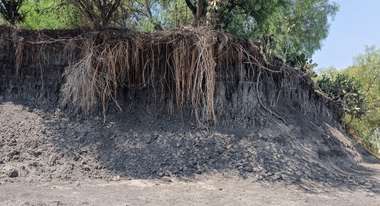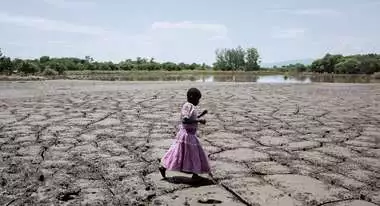Sustainable agriculture: important cornerstone of the new biodiversity agreement
The agreement at the end of 2022 is a historic breakthrough and offers a major opportunity for significantly stronger global protection of biodiversity. Now sustainable use of ecosystems is of particular importance.
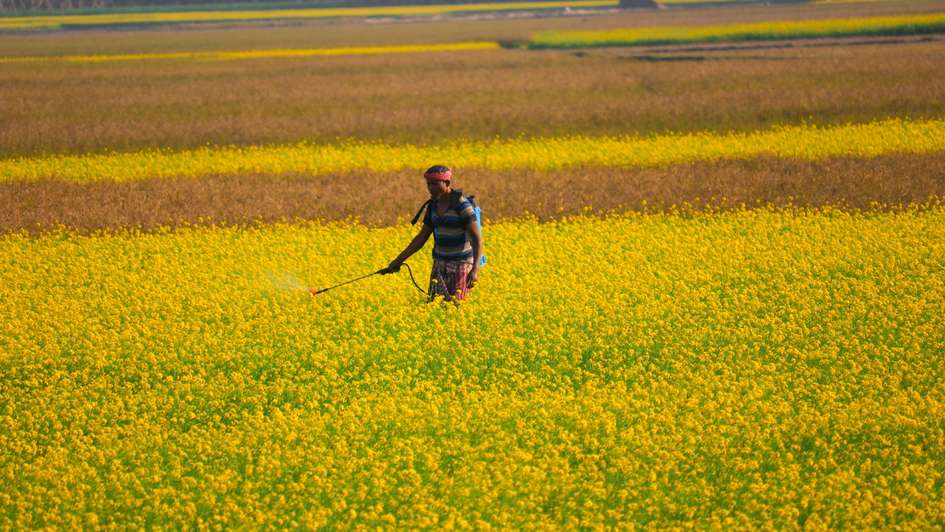
In December 2022, after many years of negotiations, the 196 Parties to the Convention on Biological Diversity (CBD) succeeded in agreeing on global targets for the conservation of biodiversity by 2030. The agreement covers not only protected areas, but also the sustainable use of biodiversity, e.g. in agriculture.
Many scientific surveys have shown that species are becoming extinct worldwide at an unprecedented rate, with about one million species at risk of extinction. The destruction of species caused by humans is 100-1000 times higher than a natural extinction rate. This often has dramatic consequences for our ecosystems, which are the foundation of our food, health, air and water purification.
In order to stop this loss of biodiversity, and to create more diversity, the Parties to the CBD https://biodiv.de/biodiversitaet-infos/konvention-ueber-die-biologische-vielfalt.html adopted a global biodiversity framework https://www.cbd.int/article/cop15-cbd-press-release-final-19dec2022 until 2030, which contains 23 concrete targets and a plan for implementation and financing.
As land use change is one of the biggest drivers of biodiversity loss, the primary goal must be to preserve the remaining intact ecosystems as best as possible, according to target 1 of the agreement. This is achieved primarily through natural protected areas, which should be increased globally from the current level of about 17% on land and 10% at sea to a total of 30% on land and at sea (target 3). It was also agreed to respect the rights of indigenous and local communities and that the designation of protected areas should not be detrimental to these populations.
The second step towards creating more biodiversity is to restore already degraded ecosystems and to rebuild them as much as possible. To achieve this, at least 30% of degraded systems should be restored by 2030 (target 2).
Protection alone is not enough - sustainable use urgently needed
Keeping protected areas intact and restoring areas that have already been damaged is the most important step in safeguarding biodiversity, but it is not enough. There is an urgent need to make the use of the diversity on which we all depend more sustainable. This applies to agriculture in particular, but also to forest use and fisheries.
The way agriculture is practiced varies considerably in different parts of the world. Depending on the farming intensity and type of farming, the damaging or preserving effects of agriculture on biodiversity vary greatly. The CBD already acknowledged in its 1992 Basic Articles that sustainable use is a cornerstone of diversity conservation. Accordingly, Target 10 of the treaty now also calls for all agriculture, as well as forestry and aquaculture, to be globally sustainable by 2030.
Although the agreement does not define sustainability precisely, it certainly refers to an increased use of biodiversity-friendly cultivation methods, to the resilience of ecosystems, and to long-term usability. At the same time, target 7 calls for soil pollution from excessive nutrients (nitrate pollution) to be cut in half, and the risk from pesticides and hazardous chemicals to be reduced by at least 50%. It specifically mentions Integrated Pest Management, a minimally invasive alternative to conventional pest control.
Reduce subsidies for unsustainable cultivation
All in all, environmental pollution, also caused by plastic waste, should be reduced to such an extent that it is no longer a threat to ecosystems and the services they provide. Food waste should be reduced by at least half at the same time (target 16). Subsidies that promote unsustainable practices should be significantly reduced by up to $500 billion per year (target 18).
These targets apply globally, but each member state is responsible for implementing them "at home". Which measures they take depends to a large extent on the specific situation in each country. It is crucial to know, for example, whether they practice large-scale industrial agriculture, which so far has been generously subsidized despite its harmfulness. Or whether the focus is on small-scale farming, which primarily supports the country's own food supply. It could be made more sustainable by adopting minor changes and providing appropriate start-up funding.
The CBD's goal is to care not only about the conservation of species, but also about genetic diversity within species. This applies to the genetic diversity of agriculturally used species, i.e. to the conservation of livestock breeds and crop varieties. For the conservation of biodiversity in the fields (in situ), traditional agriculture and local farmers' knowledge of the properties of individual varieties is crucial. Gene banks alone cannot accomplish this mission.
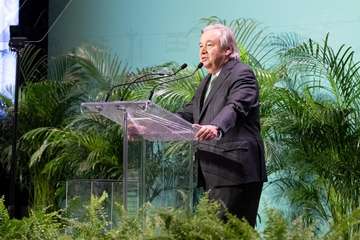
Biodiversity in soils
In addition to the 2030 framework, the CBD Conference of the Parties also adopted an initiative to protect the diversity of organisms that live in soils. Healthy soils and their living organisms are in fact indispensable for our well-being, as all agriculture, and therefore all of our food, depends on them. This initiative stresses in a number of places the critical role of traditional, small-scale farming (family farmers) in maintaining soil health. Specifically, it calls for the impact on small-scale farming to be taken into account when implementing the initiative.
Specific indicators will be used to measure how quickly the goals of the biodiversity agreement are being achieved and where deficits remain. A new financial fund should be created within the "Global Environmental Facility" to implement the treaty. The 16th Conference of the Parties in Turkey at the end of 2024 should decide as to how and to whom these funds should be distributed. It is already clear, however, that this money is mainly earmarked for the countries of the Global South. At least 20 billion dollars are to be paid annually by 2025, and 30 billion per year by 2030.
The adoption of the Biodiversity Convention is a historic breakthrough. It offers a great opportunity to protect biodiversity more effectively and to use it more sustainably. However, as with any global agreement, the concrete implementation ultimately relies on the individual countries.
It remains to be seen what the impact will be of reduced environmentally damaging subsidies, less waste, more sustainable agricultural practices and the lower use of fertilizers and pesticides in individual countries, and whether it will be possible to better preserve biodiversity in these areas.
The new global biodiversity agreement attempts to tackle the major drivers of biodiversity loss without losing sight of the needs and the important role of traditional, sustainable agriculture, especially in the Global South.
